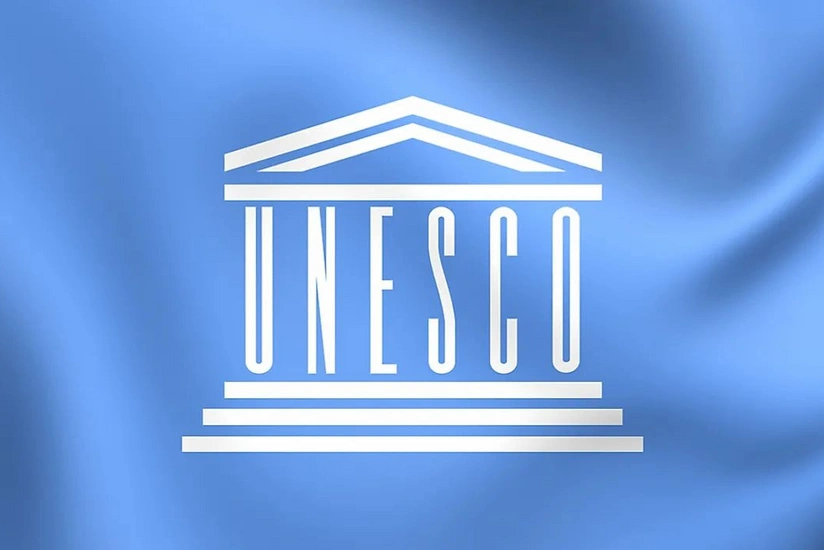UNESCO says some iconic World Heritage glaciers will disappear by 2050
- 03 November, 2022
- 16:53

New UNESCO data highlight the accelerated melting of glaciers in World Heritage sites, with glaciers in a third of sites set to disappear by 2050. Report informs, citing the United Nations Educational, Scientific and Cultural Organization (UNESCO).
But the UN organization notes that it is still possible to save the other two thirds, if the rise in global temperatures does not exceed 1.5°C compared to the pre-industrial period. This will be a major challenge for COP27.
Fifty UNESCO World Heritage sites are home to glaciers, representing almost 10% of the Earth’s total glacierized area. They include the highest (next to Mt. Everest), the longest (in Alaska), and the last remaining glaciers in Africa, amongst others, giving a representative overview of the general situation of glaciers in the world.
But a new study by UNESCO, in partnership with IUCN, shows these glaciers have been retreating at an accelerated rate since 2000 due to CO2 emissions, which are warming temperatures. They are currently losing 58 billion tons of ice every year – equivalent to the combined annual water use of France and Spain– and are responsible for nearly 5% of observed global sea-level rise.
The report concludes that glaciers in a third of the 50 World Heritage sites are condemned to disappear by 2050, regardless of efforts to limit temperature increases. But it is still possible to save the glaciers in the remaining two thirds of sites if the rise in temperatures does not exceed 1.5°C compared to the pre-industrial period.
Half of humanity depends directly or indirectly on glaciers as their water source for domestic use, agriculture, and power. Glaciers are also pillars of biodiversity, feeding many ecosystems.
